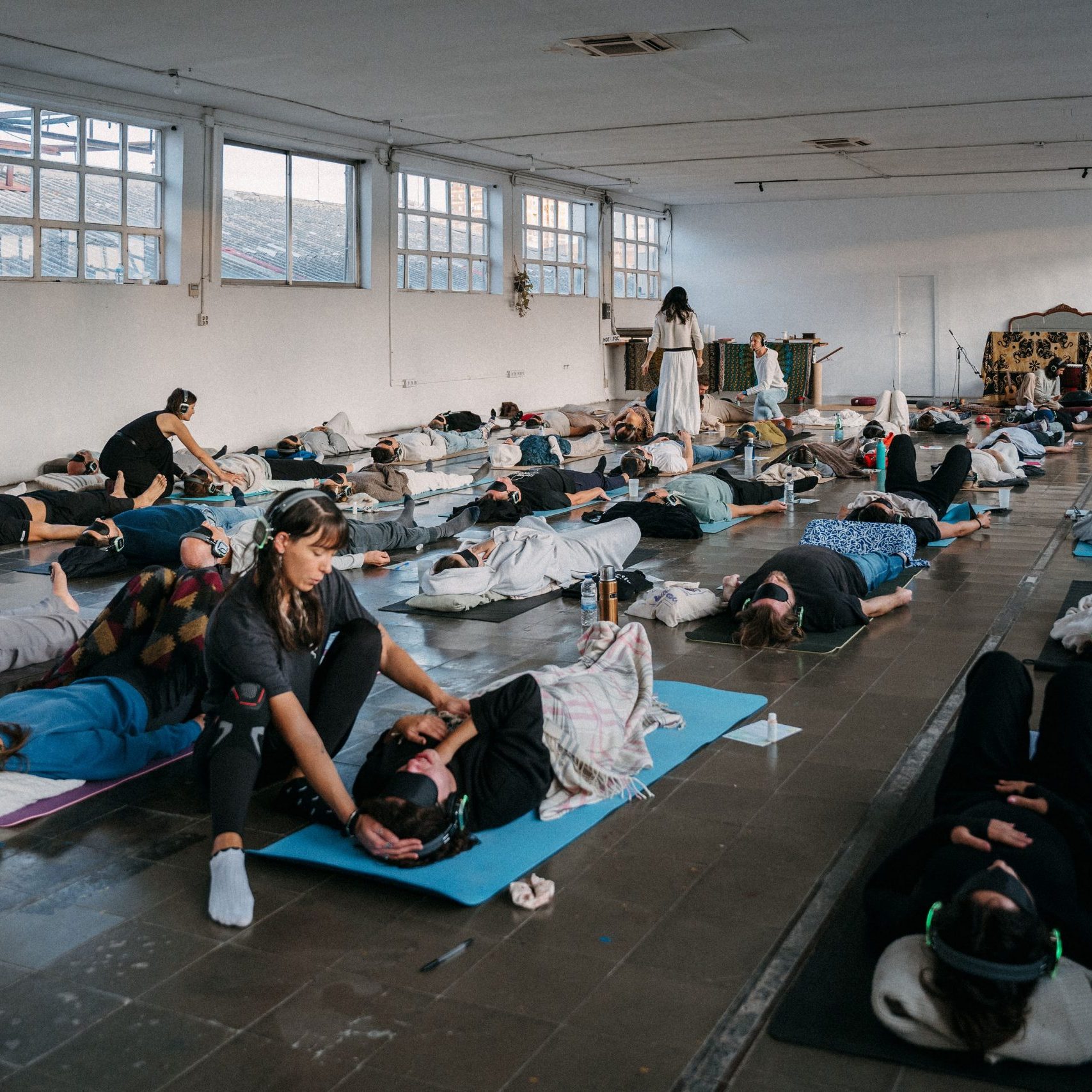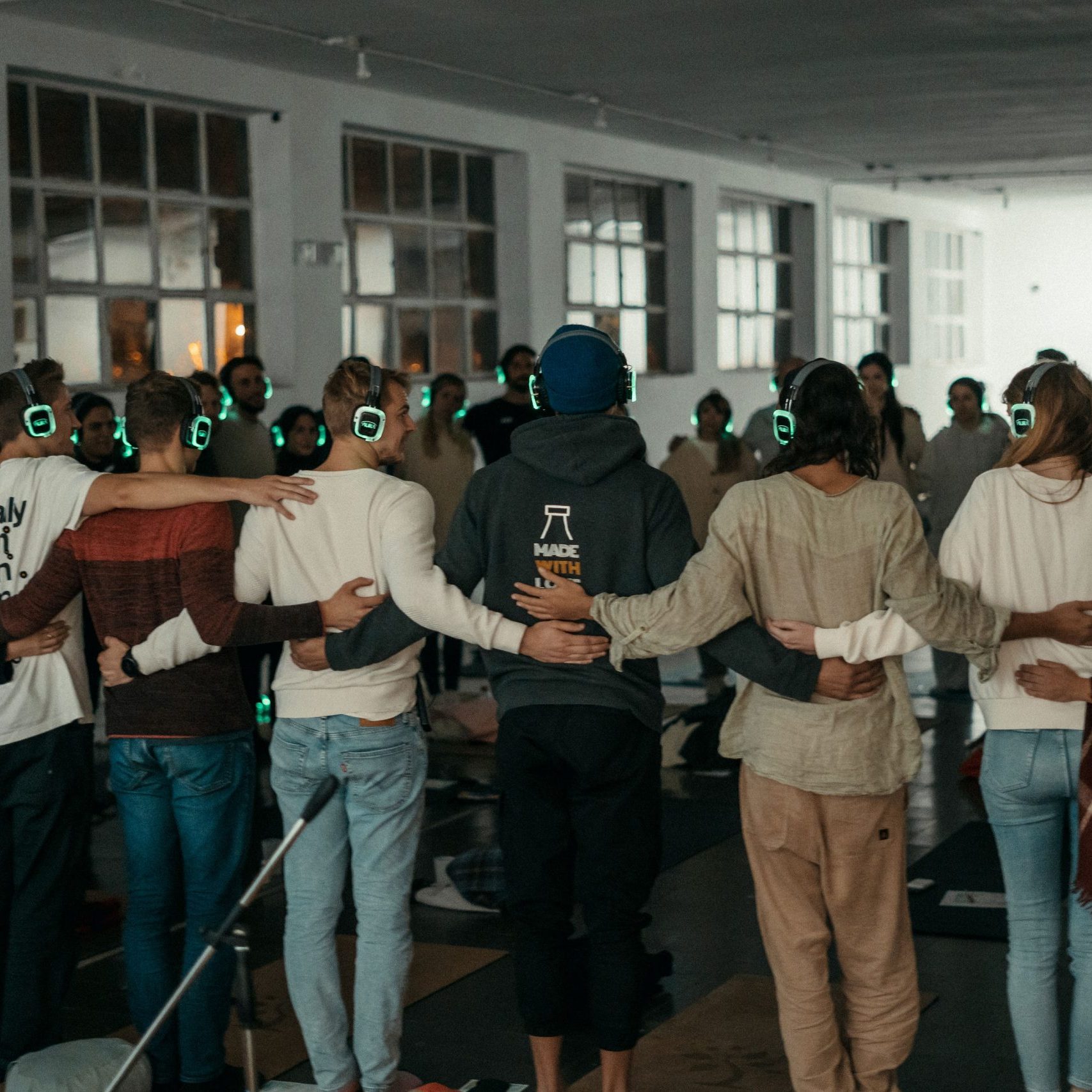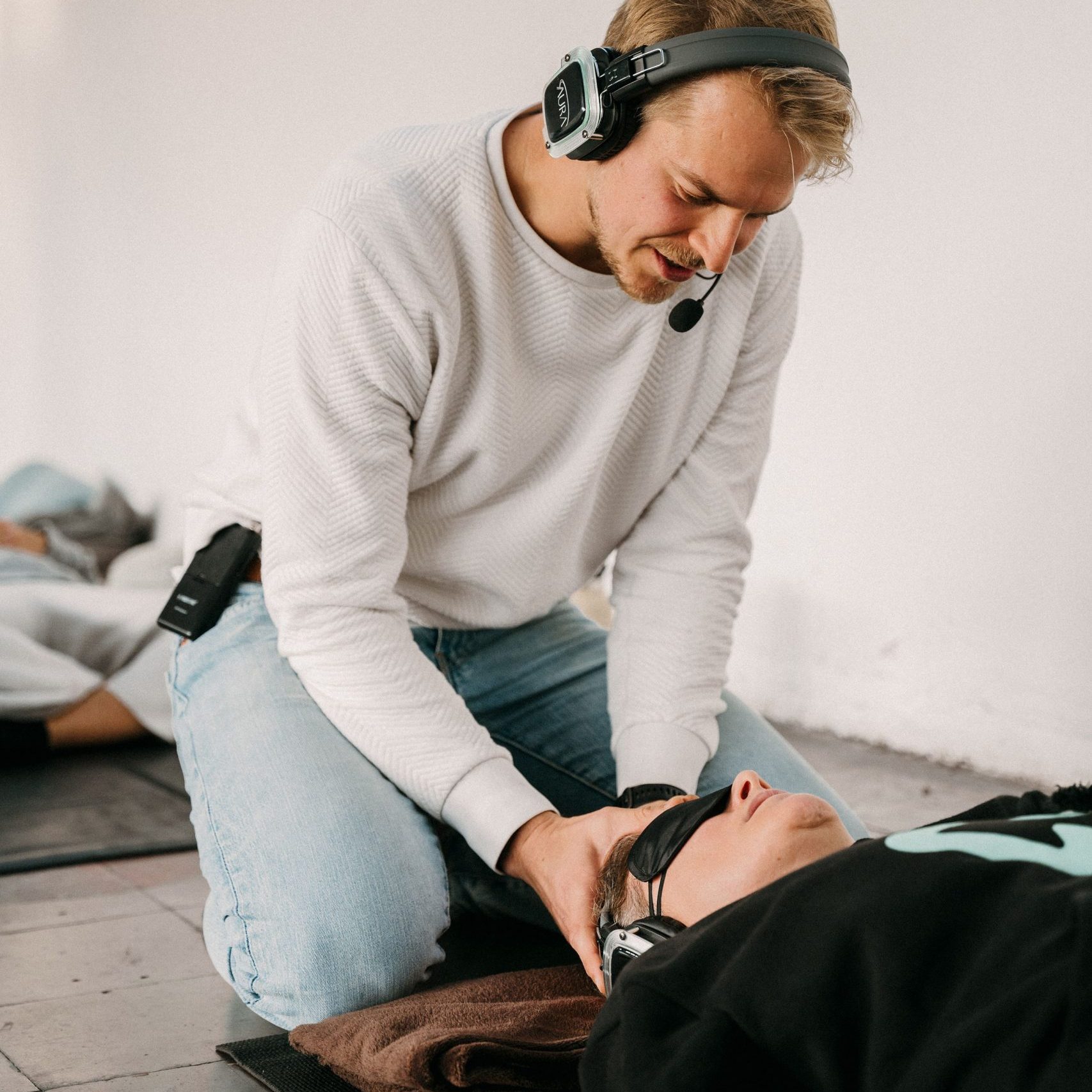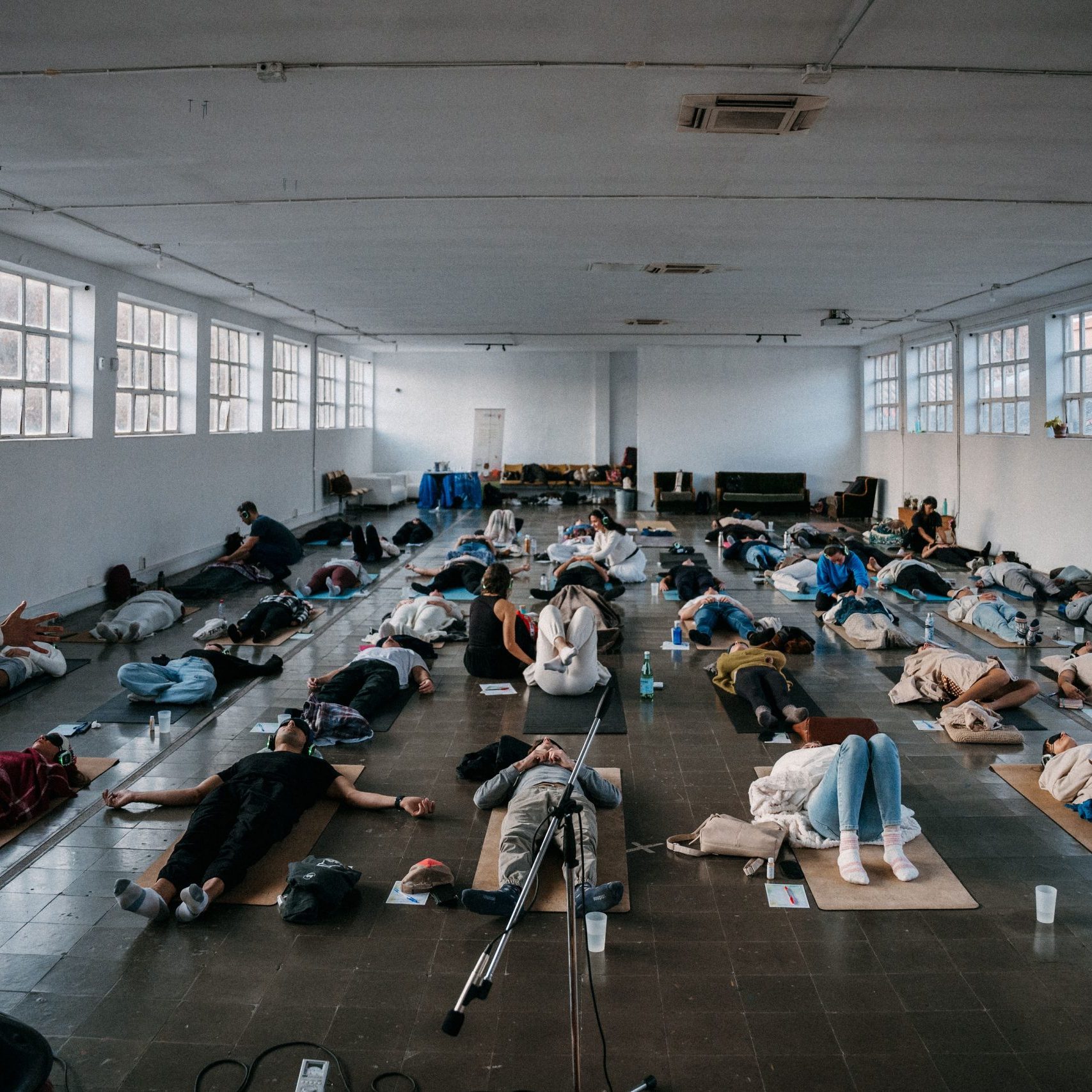Transformative Breathwork has a rich history of facilitating personal and spiritual growth by inducing altered states of consciousness. During Transformative Breathwork sessions, the brain enters the Theta brainwave state, akin to hypnosis, leading to unique experiences for each individual. Transformative Breathwork uniquely encompasses physical, emotional, and spiritual dimensions, offering a comprehensive approach to healing and growth. Through conscious breathing, individuals release past traumas and embrace vitality, fostering profound connections with the subconscious for holistic well-being.
WeBreaze Breathwork Reviews
What is Transformative Breathwork
What are the benefits of Transformative Breathwork?
- Enhanced Well-being: Experience a renewed sense of vitality and positivity, along with reduced stress and anxiety.
- Clarity and Direction: Gain newfound clarity, direction, and inner peace through transformative breathwork sessions.
- Expanded Consciousness: Journey into altered states of consciousness, unlocking deeper insights and expanding your awareness.
- Emotional Liberation: Release old traumas, fears, and sadness, fostering emotional liberation and healing.
- Subconscious Transformation: Access and transform your subconscious mind, leading to profound personal growth and inner transformation.
- Improved Mental Health: Enjoy improved sleep, concentration, and emotional well-being as a result of regular breathwork practice.
Testimonials
FAQ
No prior experience is necessary.
- Introduction: You receive all the information about breathwork, its benefits as well as a detailed explanation about the breathing method.
- Grounding: We start with a short meditation in a seated or lying position to help you focus on the present moment and to set your intention for this breathwork session.
- Breathing: In this phase you will be lying down while consciously breathing. Become an observer about what you feel with love and detachment. You can connect with and release the underlying and blocked emotions that causes inner turmoil.
- Relaxation & Integration: You are slowly calming down. You can totally let go and integrate what has happened.
- Journaling: You get time to write down your experiences to clarify your thoughts and find deeper understanding of what is going on within you.
- Q&A: You can share your experiences and ask questions.
Absolutely. Practicing Breathwork at home can be both effective and safe. You are always in control of your experience based on how you breathe. Whether you follow guided sessions or techniques learned from a qualified instructor, you can harness the transformative power of conscious breathing from the comfort of your own space. Just ensure a safe, distraction-free environment, listen to your body, and consult a healthcare professional if you have any underlying health concerns.
- Internet connection: You join the session via the Zoom conferencing software – the better your internet connection, the better the sound quality and the better your experience will be.
- Yoga mat/blanket: Create a comfortable setting where you can lay down for about one hour of deep breathing.
- Space: When lying down, make sure you have enough space around you to avoid banging into anything.
- Headphones/ speaker: Ideal are headphones but you can also use speakers.
- Pillow & Blanket: Use a pillow to place beneath your head and a blanket to cover yourself (you might start feeling very cold throughout the session).
- Camera/Webcam: Set up a camera or webcam and align it to your face and upper body to allow me guiding you through your experience.
- Pen & Paper: Have a pen and paper ready for your journaling.
- Empty stomach: Doing breathwork will be easier and more comfortable when your stomach is not too full. If possible, do not eat anything heavy at least 90 minutes before your session.
Transformative Breathwork is not recommended for individuals with the following health conditions:
- Previous heart attacks, high blood pressure, or angina
- Glaucoma or retinal detachment
- Family history of aneurysms or seizures
- History of panic attacks or psychosis
- Pregnant or breastfeeding individuals
- Recent surgery or injury
- Cardiovascular disease
- Severe mental illness
- Taking lithium medication
If you have any uncertainty, it’s essential to consult a medical professional.
For individuals with these conditions, adopting slow, rhythmic breathing techniques can offer significant benefits.
Many people overlook the process of breathing, despite it being the engine of our lives. It’s the first thing we do when we’re born and the last thing we do before we die.
The vast majority perceive breathing as an automatic act that simply happens, without realizing the immense power it holds and how it can benefit us when we learn to breathe consciously.
I will teach you the art of conscious breathing for your physical, emotional, and spiritual well-being. It’s a tool for personal growth that you already possess within yourself, without the need to seek anything external.





